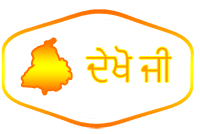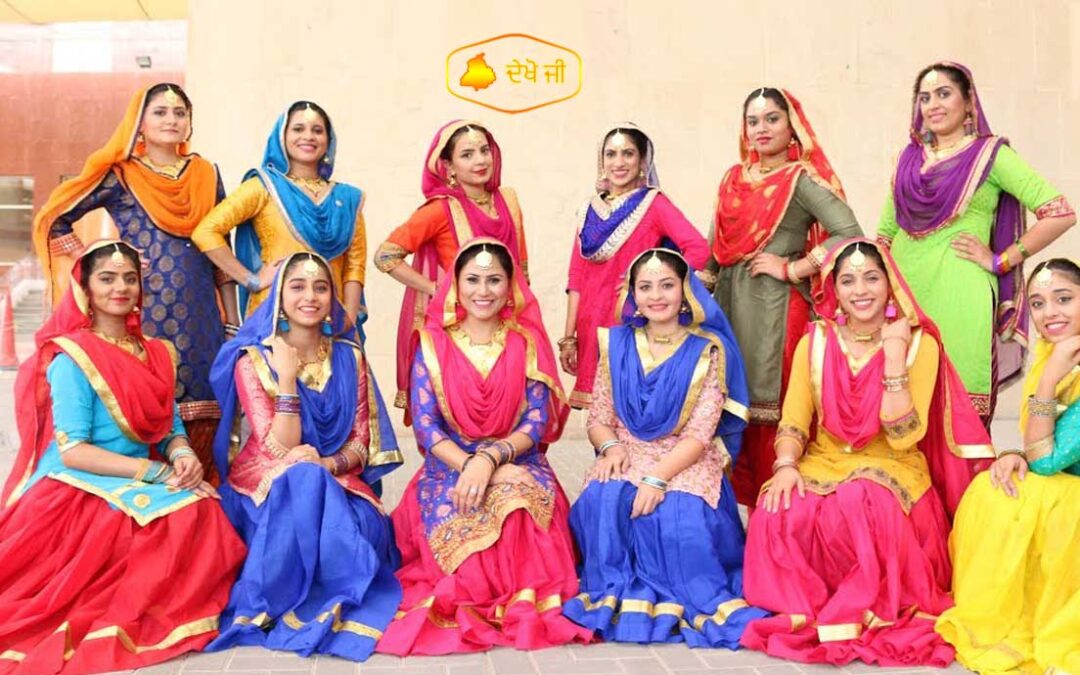Originally, the Gidda relates to celebrating the harvest festival in Punjab, India and in Pakistan along with the Teej festival. The popularity of Gidha has extended as it has spread its glory across the globe such as London, Los Angeles, San Francisco, Vancouver etc, and now are a part of myriad celebrations. “Munde Bhangra paunde te kudiyan Giddha paawan”, these days people associate Giddha with Bhangra by bringing out graceful movements and high energy which adds on to the charm in social gatherings, festive occasions and joyous moments.
Another attraction is the costume of such form of dance which not only add to the beauty of performers but also enumerate grace while performing. The outfit is elegant as well as comfortable to perform Gidda with much ease. The traditional attire of Gidda comprises of :-
- A short style shirt (called as choli)
- A skirt (called lehnga)
- Heavily embroided scarf (called chunni) or ordinary Salwar-Kameez (Punjabi traditional outfit).
- A Paranda – a characteristic feature, tassle woven into the braid.
Women adorn themselves with various kinds of Jewellery say, bangles, ear-rings (jhumkas), necklace, forehead jewellery (tikka), nose-ring and anklets. Clothes made of bright colors with heavy jewellery is a true definition of a Punjabi woman referred as Punjaban!
Concept of Giddha and the songs related to
Ironically, with no such musical instruments except for dholak, the dance and acts are performed by verbal singing. It is a free-style and a joyful dance by charming Punjabi women. It is usually performed in circles where girls form rings and includes distinctive hand-claps by the performers. The Gidda songs are addressed as Bolis which manifest fun, teasing and instances of normal life in Punjab.
The example of such can be seen, where a woman is addressing to a man that if he wants to live with her, then he should no longer be subservient to his mother and must treat her like a queen:
“Je mundya ve meinu naal le-jaana, Maa da dar tu chak mundeya, ve mainu reshmi rumaal wangu rakh mundya”
All in all, Gidda is one of the vigorous forms of dance and ever growing! Mimicry is an add-on and makes it a pure fun.


